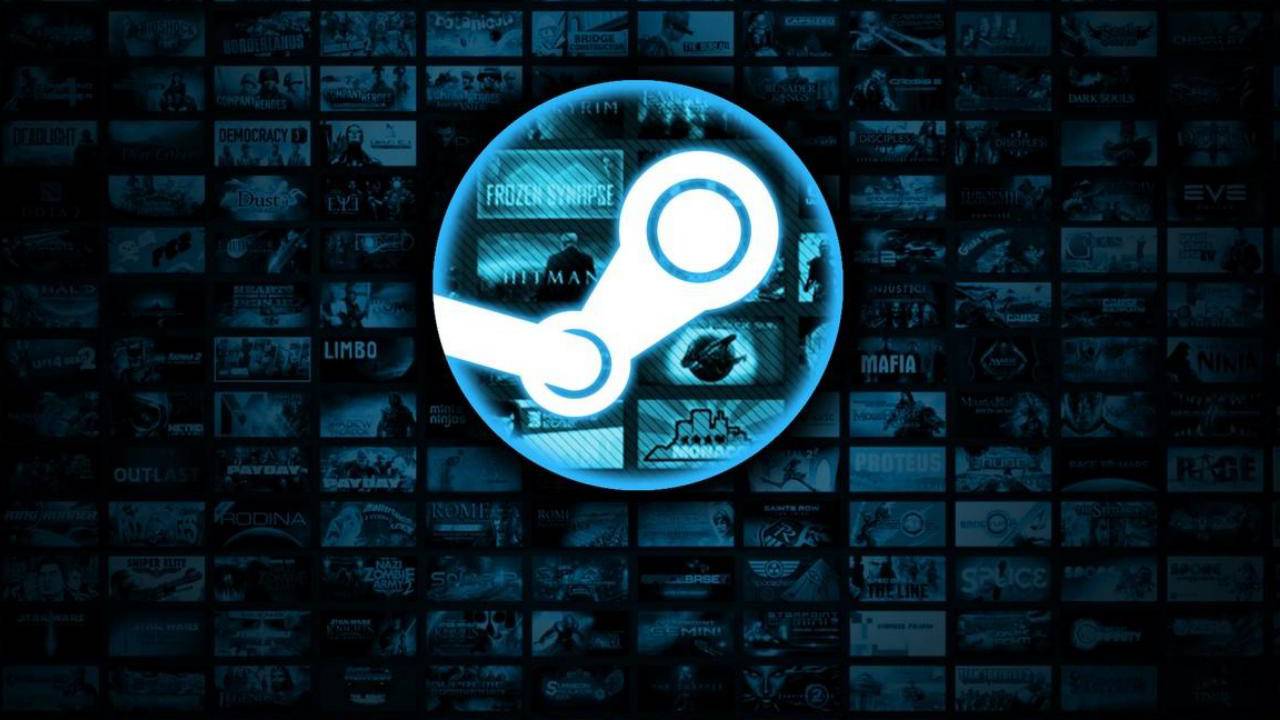What are the Raspberry Pi 4 Model B differences? You may be in the market for a brand-new computer, so why not buy one that could comfortably fit in your pocket? The Raspberry Pi 4 Model B is a powerful little package at a crazy good price, but you might not be sure which one you’re going to buy: the Raspberry Pi 4 Model B 1GB, Raspberry Pi 4 Model B 2GB, or the Raspberry Pi 4 Model B 4GB? We’ve got you covered!
Let’s start with the basics: all three current models of the Raspberry Pi 4 Model B share several components in common. Regardless of which version you buy, here are the specs that you’re going to get:
- 1.5GHz quad-core 64-bit ARM Cortex-A72 processor
- 1GB—4GB LPDDR4 SDRAM
- Gigabit Ethernet
- Dual-band 802.11ac wireless networking
- Bluetooth 5.0
- Two USB 3.0 ports and two USB 2.0 ports
- Up to 4K resolution supported via dual monitor inputs
- OpenGL ES 3.x from VideoCore VI graphics
- 4Kp60 hardware decode of HEVC video
- Complete compatibility with earlier Raspberry Pi products
- Raspbian Operating System (based on Linux Debian Buster 10 release)
That appears to be a pretty sweet little package! There are three models in total as noted on the news post announcing the new Raspberry Pi model at prices ranging from $35 to $55. What are the differences, then? Well, it mainly comes down to how much RAM you’d like.
Raspberry Pi 4 Model B Differences | Which Raspberry Pi 4 should I buy?
The Raspberry Pi 4 Model B differences entirely come down to how much RAM you want. Each of the three models make for a fairly strong computer in its own right, but figuring out which one you should buy will mainly come down to what sort of software you’re going to be running on it.
Raspberry Pi 4 Model B 1 GB ($35 + shipping and taxes)
This is the absolute barebones model of the Pi 4 Model B. If you’re looking to just dabble or use it for something really simple, this is certainly the model you’re going to want to go for. That said, there’s not much of a difference between $35 and $55, and more RAM may be worth it if you’re going to make use of the greater horsepower.
This model will let you run the 32-bit version of Windows 10 (and the older operating systems, if you’re curious), although you’ll need to step things up a bit if you’re looking for a 64-bit Windows environment.
Raspberry Pi 4 Model B 2 GB ($45 + shipping and taxes)
A perfect middle ground option, the 2GB model doubles the RAM for just $10 more. Simply put, you should choose this if you need to get a little more power out of your device without spending too much more money. This version will also let you run 64-bit Windows 10 at the bare minimum, although getting Windows 10 to run on a Pi is a challenge unto itself.
If you’re out to build an ultra-budget gaming PC, though, there is only one real option: the 4GB model.
Raspberry Pi 4 Model B 4 GB ($55 + shipping and taxes)
The 4GB is the cream of the crop and is the top choice between all of the Raspberry Pi 4 Model B differences. For just $20 more than the cheapest model, you’ll get four times the RAM. The difference between 1GB and 4GB might not seem like much at first, but it’s critically important if you’re going to be using your Raspberry Pi for gaming.
To start, 2GB of RAM is just the bare minimum requirement for Windows 10. 4 gigs gives you a little more room to actually run some games, albeit older ones that don’t require a minimum of 8 gigabytes of RAM. the 4GB baseline also would allow you to run SteamOS, Valve’s custom version of Linux for games supported on that platform. Although 8GB of RAM has become the new standard for games, there are still tens of thousands of titles on Steam and elsewhere that can run perfectly fine on 4 gigs or less. If you’re looking to use your Raspberry Pi as a gaming machine, this is the way to go!
Raspberry Pi 4 Model B Differences | Which accessories should I buy?
Although the Raspberry Pi 4 Model B differences mainly come down to RAM, you can’t exactly just buy this little circuit board and be done with it. After all, you literally just get the circuit board with all the plugs and chips soldered onto it. There’s no onboard storage, much less a power cable or any other wires!
To start, you’re going to need power. That’s accomplished through purchasing the official power supply for less than ten bucks. You might also want to avoid leaving your board naked and afraid, so consider grabbing the official case for just $5.
You’re probably going to want to get some storage. A 32GB micro SD card can be purchased for less than ten bucks, although you can spend $5ish more and double that to 64GB or double it yet again to 128 GB for less than $20. If you’re in serious need of storage space, you can get a 1TB external hard drive for under $50.
Lastly, a note on cables: whether you’re buying Ethernet, HDMI, or something else, remember that a lot of stores make their money on selling cables at way above market prices. Hit up Amazon, eBay, or your local computer shop for the best deals on cables!
PC Platforms
-
The PC Platform Puzzle | Digital Distribution in 2019

Gamers are spoiled for choice in 2019 when it comes to digital storefronts. While there are definitely pros and cons to each storefront, it can be daunting to shop if you're just browsing. Here is the landscape of digital games on PC in 2019. -
Steam

The longtime default champion of the category, Valve's Steam won over consumers with amazing sales, vast selection, and indie curation. While things have been rough the past few years for the original distributor, it's safe to say that Valve will do whatever it takes to stay competitive, bar hiring a few support people. -
Epic Games Store

Created with the help of Fortnite's immeasurable success, the EGS has hit the ground running by securing a range of highly desirable PC exclusives like Metro Exodus and The Divison 2. While some frown upon these tactics, there's no denying that Epic's generous financials towards developers is shaking things up. -
GOG

Formally known as Good Old Games, GOG is known for offering older titles in addition to newer indie releases, all without any DRM. It is also the driving force behind re-releases of many retro titles that would be lost to time otherwise. Most recently, GOG teamed with Blizzard to bring back the original Diablo. -
Origin

EA's Origin is a long time Steam alternative that offers EA's lineup and a host of select third-party titles. Mainly focused on selling you an Origin Access subscription nowadays, it is a feature-rich platform that only lacks in a robust selection of games. -
Blizzard Battle.net

The home of Overwatch, World of Warcraft, and Starcraft 2 recently became the home of Call of Duty as well. Activision is taking a new approach with Blizzard's PC launcher, and only time will tell if future Activision products also make the jump to Battle.net exclusivity. -
Bethesda.net

Bethesda's play at digital distribution has been a half step at best. While Fallout 76 is the first game of note to live exclusively on the platform, not many really want to play that at all. The rest of Bethesda's catalog is available, but many prefer to wait for a sale elsewhere than get in on another launcher. -
Uplay

Ubisoft's launcher is the home for every Ubisoft release, but they're not bound to the store. Unlike most places, Ubisoft sells its games everywhere, even if you have to launch Uplay after you hit play anyway. It also carries a limited array of third-party games in case you're interested. -
Itch Io_

itch.io is a completely open marketplace where anyone can publish with almost no restrictions. This used to give it a unique place in the market, but now it carries on thanks to its pro-indie messaging and low-fi atmosphere. If you want to play something extremely experimental, itch is for you. -
Kartridge

One of the newest storefronts around, Kartridge is the premium game store from Kongregate. It has a large selection of indie games big and small and a few interesting features regarding achievements. Kartridge hasn't made a huge splash, although it is planning to secure some exclusives in the near future. -
Discord

The popular chatting app has several ways to sell players games. They have a Nitro subscription service that comes with their premium options and consists of older PC gems. They've also recently announced that developers will be able to sell directly to their fans via official channels very soon.












